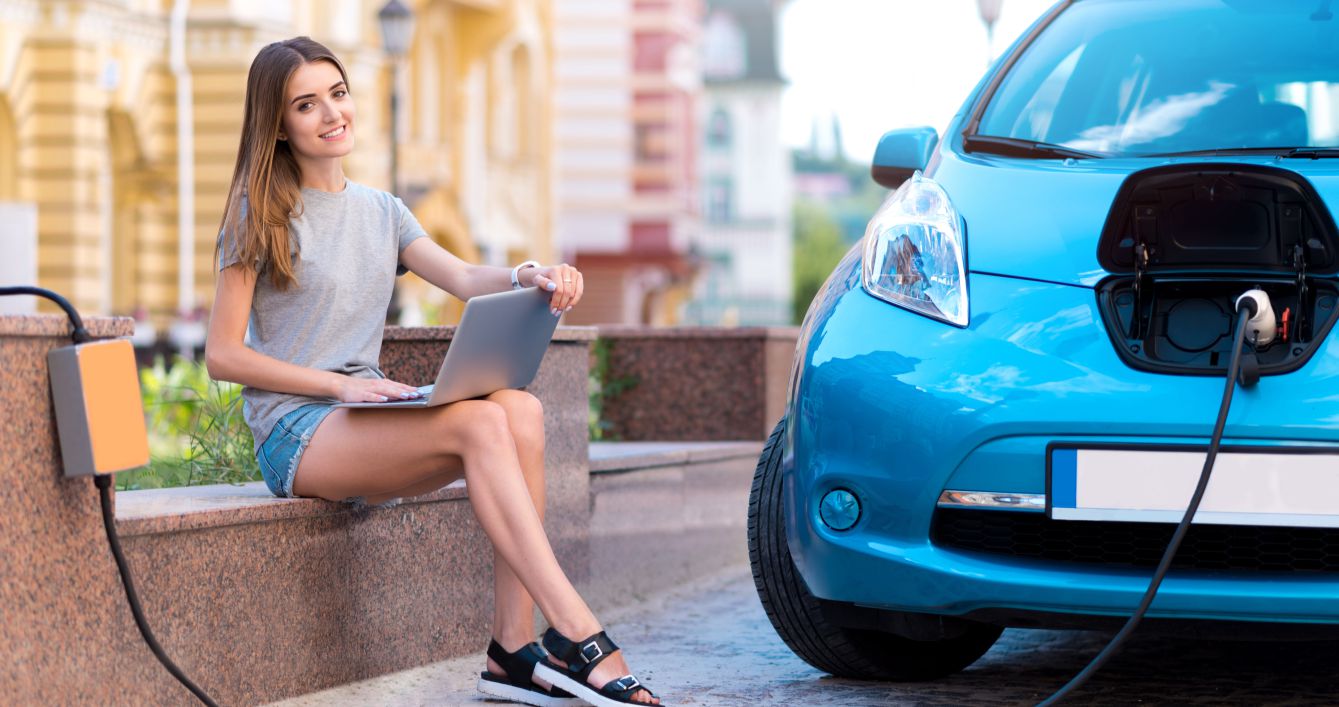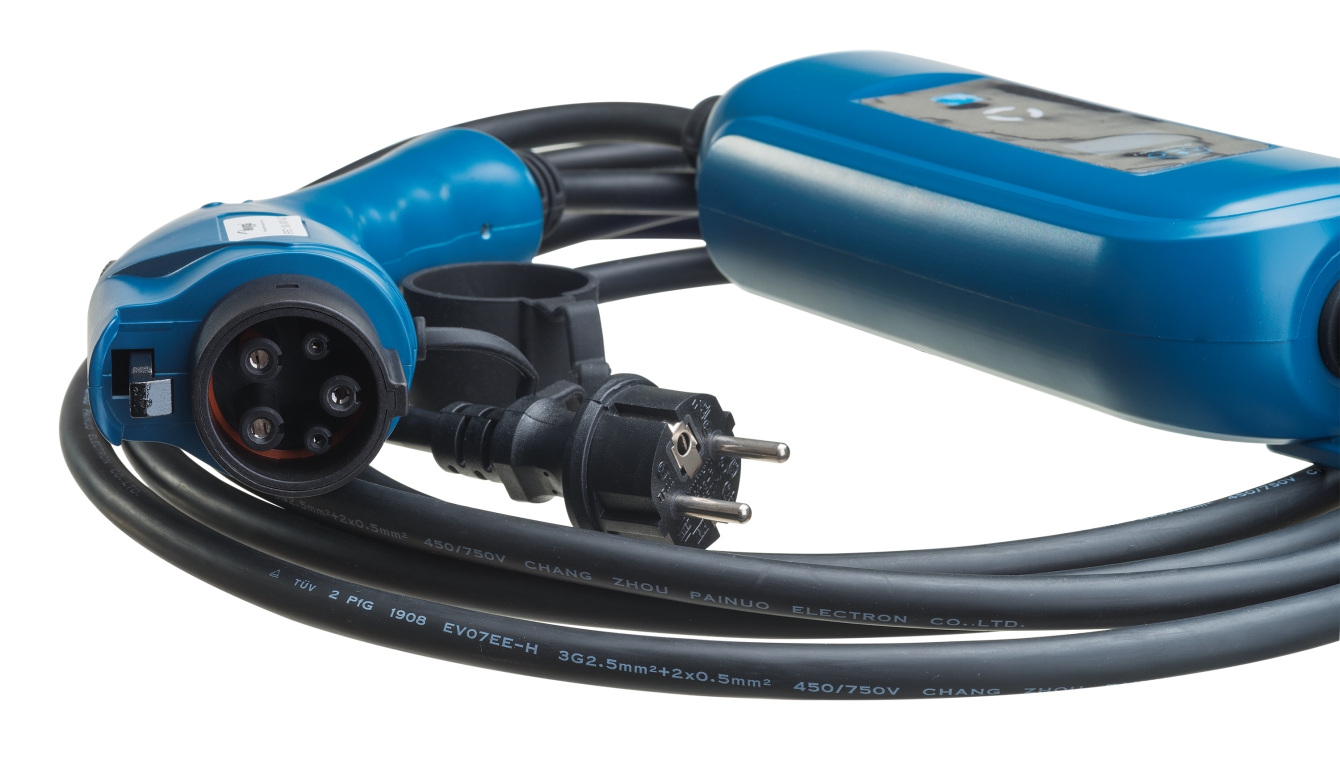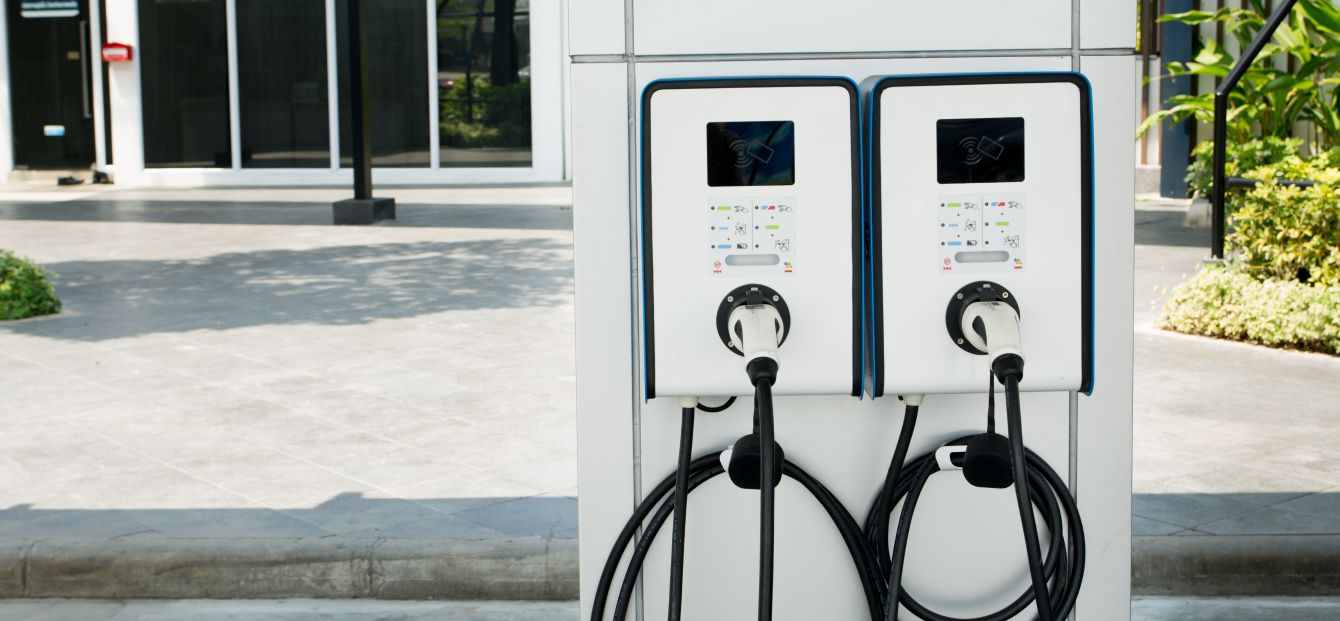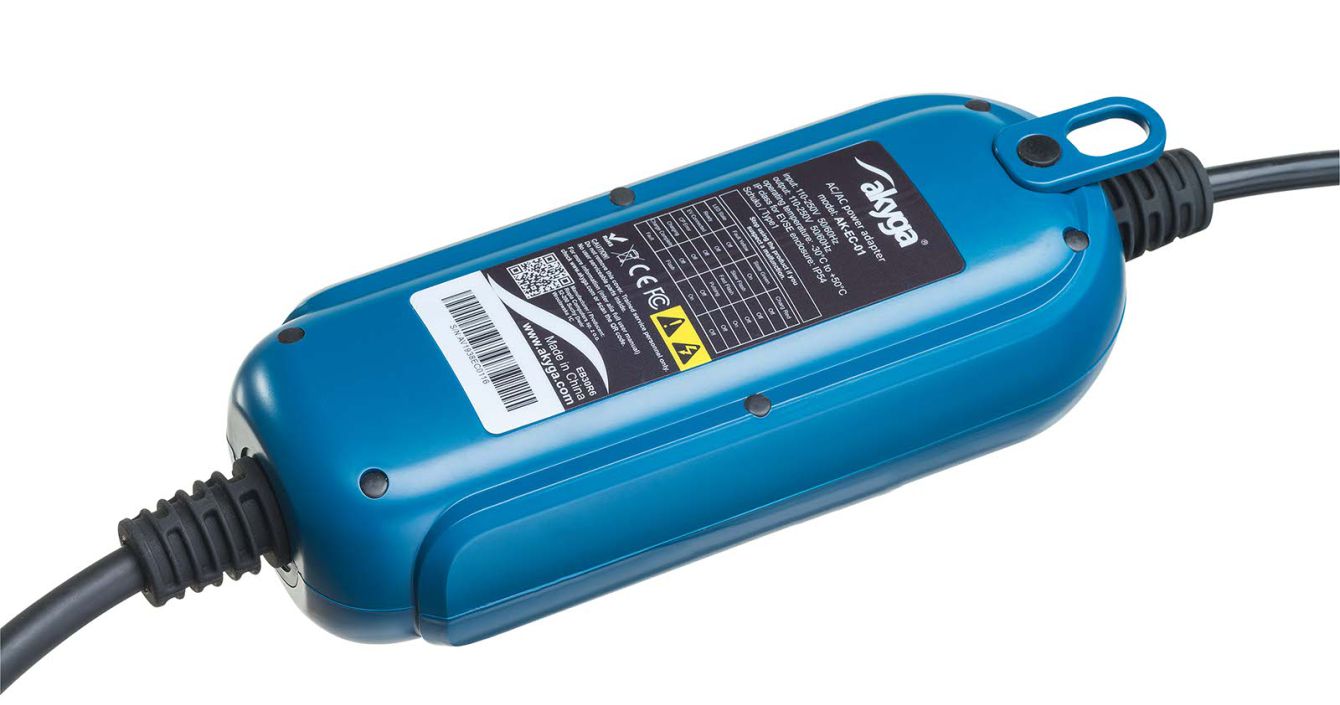18 February 2021
The popularisation of electric cars has not resulted in an increased awareness of the electric power source. On the contrary, many useful physical values that could be compared between car models are "hidden" in catalogues for unclear reasons. It is similar in the matter of equipment of charging devices - an average customer of a car showroom, and even a dealer who serves him, does not know which of the protections are important, obligatory, and what they affect. While refuelling a combustion car we sometimes choose "better" stations - avoiding those less known, charging a plug-in car we usually assume that the electricity in the socket is of "good quality". However, depending on the source and the wires and sockets through which the electricity flows, the transfer of electricity to the car may be at different levels of risk to the equipment, the car's electrical system and our lives.
The subject also applies to plug-in hybrids - regardless of the fact that they charge at a much lower power than 100% electric cars. However, they consume nominal - the maximum available current from the socket. At the same time, this is many times more than a human can survive!

The weakest link
When it comes to the issue of car charging, we often consider some part of the electricity transmission "chain", weighing up its advantages and disadvantages. Just as we compare plug-in cars before we buy them, we compare cables or devices against each other - wondering which is best or cheapest. This is a good way from the point of view of rationality of purchase, but only if we know that all the other elements of our "chain" are efficient. They should also be properly matched and equipped with each other. The mentioned chain is a physical path through which the electric current must flow from the place where it "flows" into our house or flat to the place where it is received - which is the electrical converter in the car. There is also a switchgear with protections, electric cables and sockets to which various charging devices may be connected.
Most often when choosing a device we do not take into account issues related to electrical protections, thinking that both our installation is ready to charge the car, as well as the purchased device - regardless of the price - will work without problems. Meanwhile, it is the safety devices that decide about our safety and protect us and our property in case of an emergency. Therefore, choosing a cheaper device is not a bad idea, but only if we are sure that the price compromise we make does not affect the safety standard we should have in mind.

Important safeguards
EVSE devices of this type are practically never self-sufficient, i.e. to be able to safely charge our car, they should be connected to a socket with selected parameters and protections. Unfortunately, the subject is often perceived in the following way - if there is a plug and it fits - it is safe to use. Unfortunately, this is not quite the case. For everything to be safe, almost always the socket which will be used should have an individual outlet from the distribution board, and should be protected with overcurrent and differential current protection. The latter should be in the so-called "type B" - with direct current detection.
Of course, it sometimes happens that we connect our EVSE in a place where we do not know the condition of the electrical installation. It is always a good idea to start with the lowest charging power, which the power regulation will help you with. However, additional protections present in the device itself, will support the safety of the charging process in an emergency situation.

Power regulation
It may seem that power regulation is a "trifle", which is not so important. The simplest and cheapest devices without power regulation are also used by owners of the most expensive electric cars. What is more, to most of cars are added ordinary EVSE "chargers", without regulation of current setting. Lack of awareness of the usefulness of such regulation usually results in the chosen maximum level of charging power - often not even known by the driver. Keep in mind that while the device will recognize the amperage level and number of phases the car requests, our electrical system "doesn't know" it will be able to guarantee long term operation at the maximum amperage without overloading and consequences.
Cars sometimes have a power adjustment available from the on-board computer. However, this is usually limited to 2-3 levels, moreover, the driver is often not informed about the power value in addition to the remaining charging time. To find out the values of power levels, even in some premium cars - you have to recalculate them yourself!

EVSE type 2
In addition to the model with type 2 plug; AK-EC-07 (5 m, 1.8-3.7 kW), there is also an analogue for type 1; AK-EC-01 (5 m, 1.8-3.7 kW). By knowing the capacity of the traction battery in your vehicle and the time available for charging, you will always be able to set the charging current to the lowest possible value. This will help us maintain longer pack life. Both Akyga devices are equipped with 4-stage power regulation. We can adjust from 8 A to 16 A, getting the following power levels: 1.8 kW, 2.3 kW, 2.8 kW and 3.7 kW.
While most devices on the market and those added to cars do not exceed 2.3 kW, Akyga devices will allow us to reach power levels that some wallbox models have. Having an older electric vehicle with lower power of the car's on-board charger, or a plug-in hybrid, Akyga's EVSE devices will be a very good choice for everyday use. Both models are now available for purchase.
Source - InterCars - "IC News" No 88.
